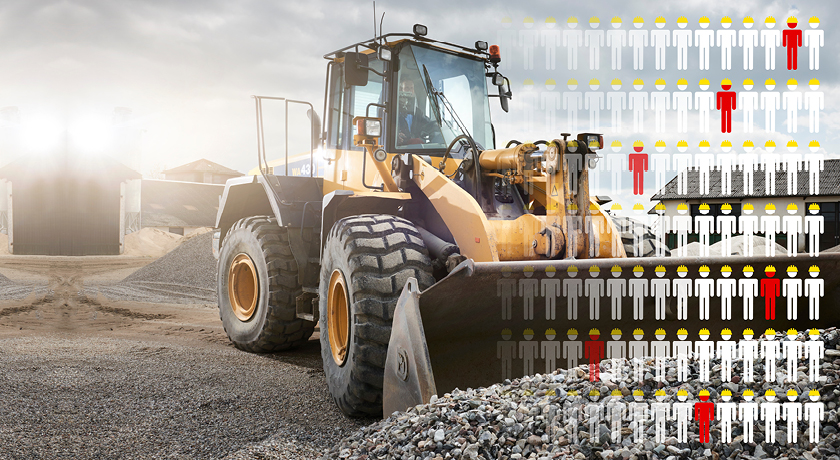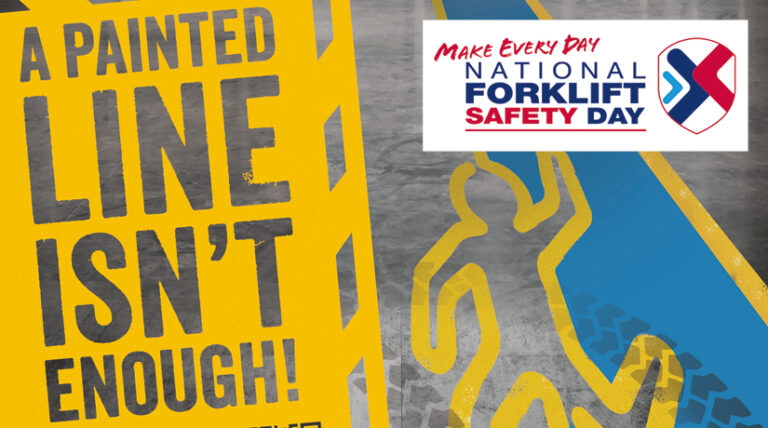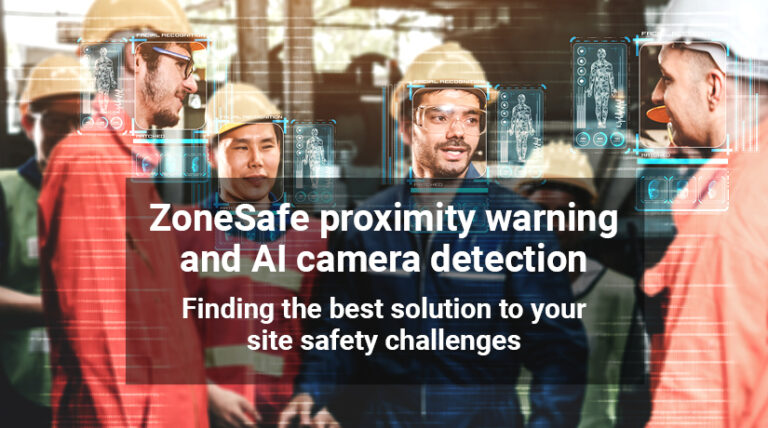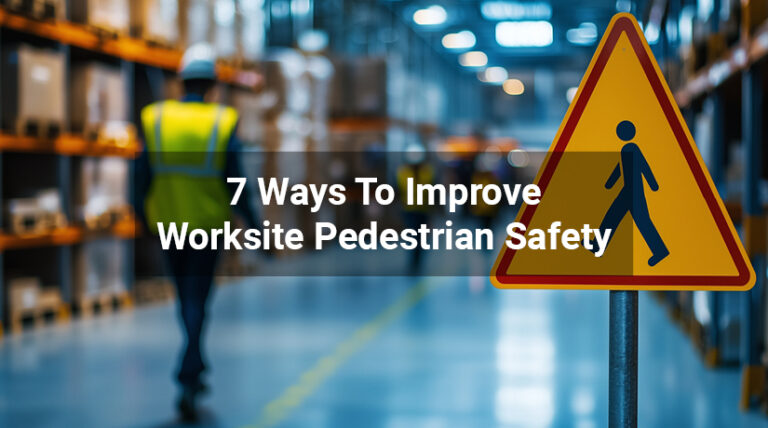Waste sector remains the second most dangerous to work in…
Latest figures from the Health & Safety Executive (HSE) have revealed a reduction in fatal accidents in waste and recycling; however, health and safety in the waste industry remains significant as it is still considered the second most dangerous industry to work in, according to HSE accident statistics
Data for 2021-22 showed one fatality in the sector (down from three the previous year), which tells us that progress is being made. However, waste and recycling continue to be considered highly dangerous, with a high proportion of non-fatal accidents still taking place. This is supported by accidents at work statistics, which often highlight the risks in this sector. There were five fatal accidents reported in the sector in 2019/20, with 30% of these attributed to contact with moving machinery and a further 30% to collisions with moving vehicles. According to the five-year average for the number of fatalities per 100,000 workers employed, agriculture, forestry, and fishing are considered the most dangerous industries, with waste and recycling in second place.
It’s not the first time the waste sector has been in the spotlight. A safety notice was issued by HSE around wheeled shovel loaders in 2021, following nine fatal shovel loader accidents across a four-year period. Six of these were within waste and recycling, highlighting the need for enhanced safety considerations around their operation. Warehouse accidents statistics also show that heavy equipment poses serious risks in industrial settings.
It is welcome news to see a reduction in fatal accidents in the sector, and it’s important for businesses to continue taking measures and implementing additional precautions to maintain this downward trend. HSE workplace fatalities data indicates that adopting a multi-layered approach to safety is often the most effective way to counteract risks by employing multiple lines of defence.
Wheeled shovel loaders, excavators, HGVs and forklifts are just some of the workplace transport vehicles commonly used within the sector and all represent a significant risk of serious or fatal accidents to workers and members of the public if sufficient accident prevention measures are not taken.
According to RIDDOR data 123 workers were killed across all industries in work-related accidents in 2021/22, with 23 of these being a result of being struck by a moving vehicle. In industries where high risk vehicles and manual handling equipment are in use, it is important to identify the risk and take action before accidents take place. HSE accident statistics also reveal that high-risk sectors like waste and recycling see a disproportionate number of these incidents.
How ZoneSafe can help with health and safety in the waste industry
ZoneSafe is Proximity Detection System that alerts users to impending risk of collision. The system supports health and safety in the waste industry initiatives by dramatically reducing the opportunity for vehicle/pedestrian collisions.
How does it work?
- A detection antenna is fitted to the vehicle creating an invisible detection zone which can be adjusted to between 3-9 metres.
- An in-cab control unit is also fitted to the vehicle within the operators reach.
- Personnel working in the area wear active RFID tags – these can be fitted to clothing, worn on a lanyard or simply placed in the pocket.
- When the detection zone is breached, an audible/visual alarm alerts the driver of pedestrians in close proximity.
Contact ZoneSafe to discuss your workplace safety concerns –
[1] https://www.mrw.co.uk/news/fatalities-down-but-waste-sector-remains-the-second-most-dangerous-07-07-2022/




